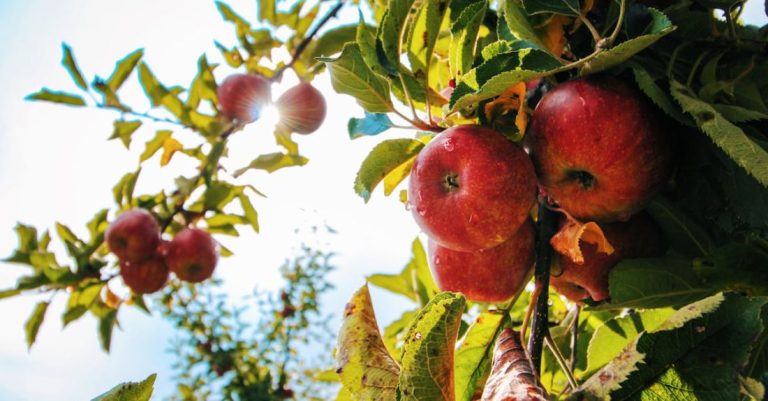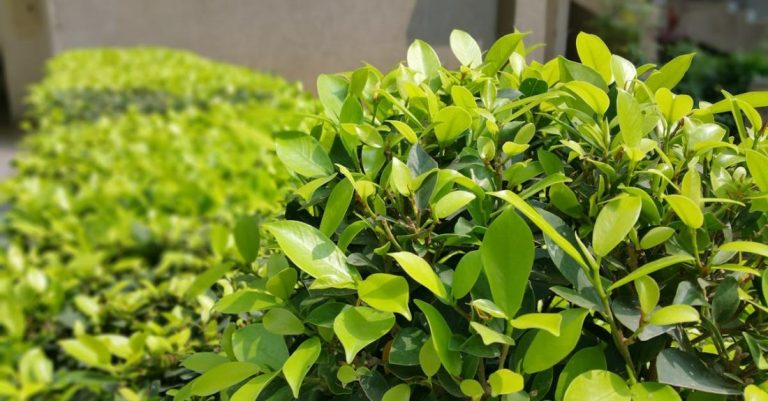
Espalier pruning is a horticultural technique that involves training plants, typically fruit trees, against a flat surface such as a wall or fence. This method not only saves space but also creates an aesthetically pleasing look in gardens or outdoor spaces. However, achieving the desired espalier shape requires proper pruning techniques to ensure healthy growth and abundant fruit production. In this article, we will explore the best techniques for espalier pruning that will help you master this art form and create stunning living sculptures in your garden.
Understanding the Basics of Espalier Pruning
Before diving into the specific techniques of espalier pruning, it is crucial to understand the basic principles behind this practice. Espalier pruning involves shaping the branches of a plant to grow in a particular pattern, such as a horizontal cordon, fan, or Belgian fence. By controlling the growth of the branches, gardeners can create intricate designs that not only look beautiful but also maximize sunlight exposure and airflow to promote healthy growth.
Selecting the Right Plant and Support Structure
The first step in successful espalier pruning is choosing the right plant and support structure. Not all plants are suitable for espalier, so it is essential to select a species that is flexible and responds well to training. Common choices for espalier include apple, pear, peach, and citrus trees. Additionally, you will need a sturdy support structure such as a trellis, fence, or wire system to guide the growth of the branches.
Training the Branches
Once you have selected the plant and support structure, the next step is to train the branches to grow in the desired pattern. Start by selecting the main branches that will form the framework of the espalier shape. Use soft ties or twine to gently secure the branches to the support structure, making sure to space them evenly and horizontally. As the branches grow, continue to guide them along the support structure, adjusting as needed to maintain the desired shape.
Pruning for Shape and Structure
Pruning is the key to maintaining the shape and structure of an espalier plant. Regular pruning not only helps control the size of the plant but also encourages the growth of fruit-bearing spurs. When pruning an espalier plant, focus on removing any vertical shoots or branches that do not conform to the desired shape. Use sharp pruning shears to make clean cuts at a 45-degree angle, taking care not to damage the main branches.
Timing of Pruning
The timing of pruning plays a crucial role in the success of espalier plants. In general, pruning is best done during the dormant season in late winter or early spring before new growth begins. This allows the plant to focus its energy on producing new shoots and flowers rather than repairing pruning wounds. However, minor shaping and maintenance pruning can be done throughout the growing season to keep the plant looking tidy and healthy.
Maintaining Healthy Growth
In addition to proper pruning techniques, maintaining healthy growth is essential for the success of an espalier plant. Provide adequate water, sunlight, and nutrients to promote vigorous growth and fruit production. Regularly inspect the plant for pests and diseases, and take prompt action to address any issues that may arise. By providing the necessary care and attention, you can enjoy a flourishing espalier plant that will be the envy of your garden.
Incorporating Espalier into Your Garden Design
Espalier pruning is not only a functional gardening technique but also a beautiful art form that can enhance the visual appeal of your garden. Consider incorporating espalier plants into your landscape design to create focal points, define boundaries, or screen unsightly areas. With the right plant selection, support structure, and pruning techniques, you can transform an ordinary garden into a stunning showcase of living sculptures that will delight visitors and provide bountiful harvests for years to come.
Mastering the Art of Espalier Pruning
Espalier pruning may seem daunting at first, but with practice and patience, you can master this ancient horticultural technique and create stunning living works of art in your own garden. By understanding the basic principles, selecting the right plant and support structure, training the branches, and mastering the art of pruning, you can enjoy the beauty and benefits of espalier plants for years to come. So roll up your sleeves, grab your pruning shears, and embark on a journey to create your own masterpiece with espalier pruning.





